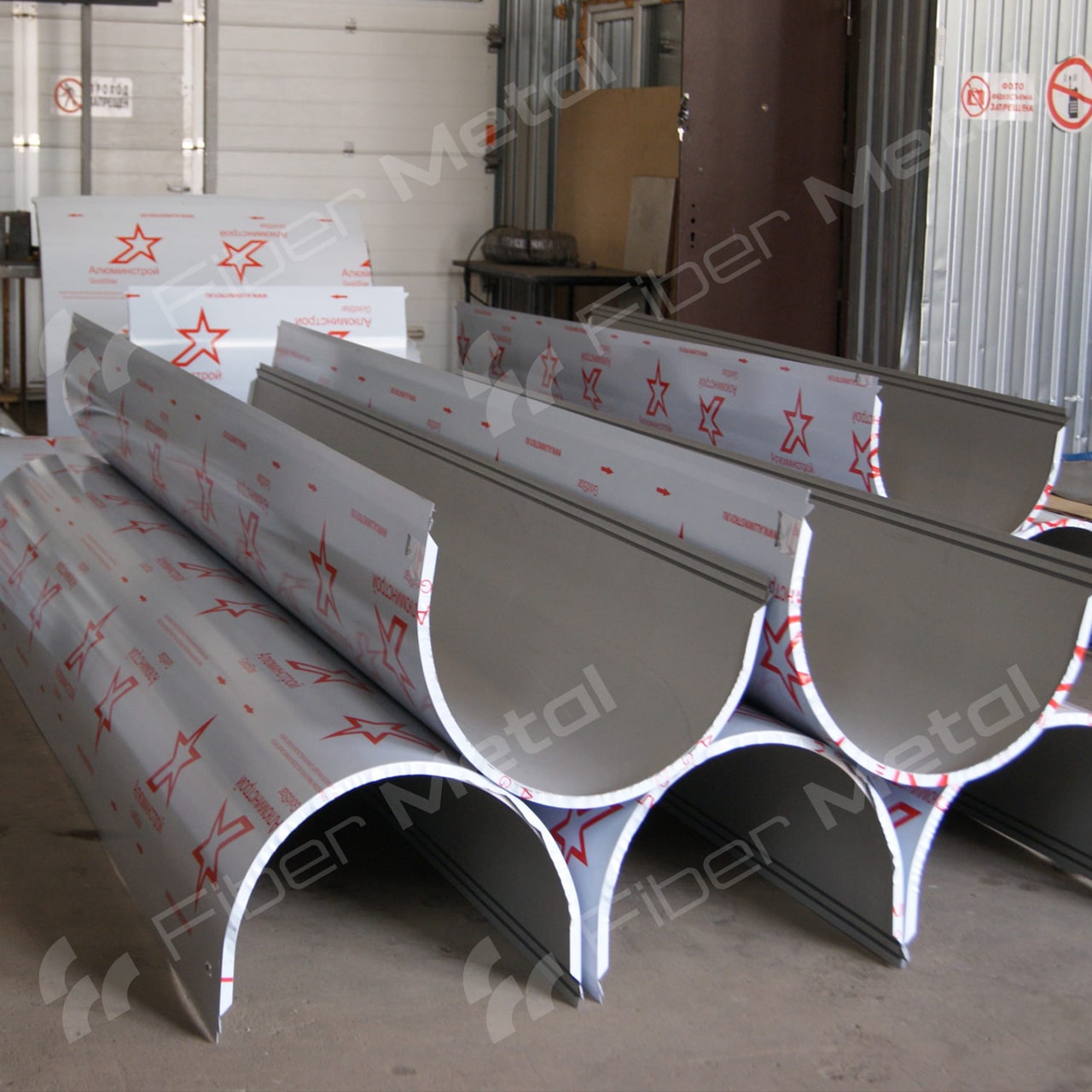How are Composite Plate Cylinder Bending Processes Performed?
Composite plate cylinder bending is a widely used metal processing technique that shapes composite plates into desired curves and forms. This process is essential across various industries, including construction, automotive, aviation, and machinery manufacturing. At Fiber Metal, we carry out composite plate cylinder bending processes with attention to the unique properties of composite materials, which differ from traditional metals.
Before beginning the composite plate bending process, the characteristics, thickness, and required curvature of the composite plates are accurately determined. Special bending machines designed to prevent damage to the plate and ensure precise bending are used. In some cases, heating is applied to make the plate more flexible during bending. However, heating is carefully controlled to avoid damaging the composite material. During the bending process, the composite plate is passed between rollers that shape it according to the desired curvature. Equal pressure is applied to ensure uniform bending. Once the bending is complete, the plate is allowed to cool and harden before final inspections are performed.
Composite Plate Cylinder Bending Prices
Composite plate cylinder bending prices vary based on several factors. The type of material used in composite plates is a significant determinant of price differences. Higher-quality composite plates tend to be more expensive. Additionally, the thickness of the plates, the complexity of the work, and market conditions affect the prices. Special designs or custom dimensions require additional labor and cost, which can also impact pricing. Supply and demand, as well as order quantities, play a role in determining the final cost. For detailed information on composite plate cylinder bending prices and to benefit from our most competitive rates, please contact Fiber Metal.
What is Composite Plate Cylinder Bending?
Composite plate cylinder bending refers to the process of shaping composite material plates into cylindrical forms using presses or rollers. Fiber Metal employs various methods and equipment to perform this process, transforming composite plates into the desired shape and size.





